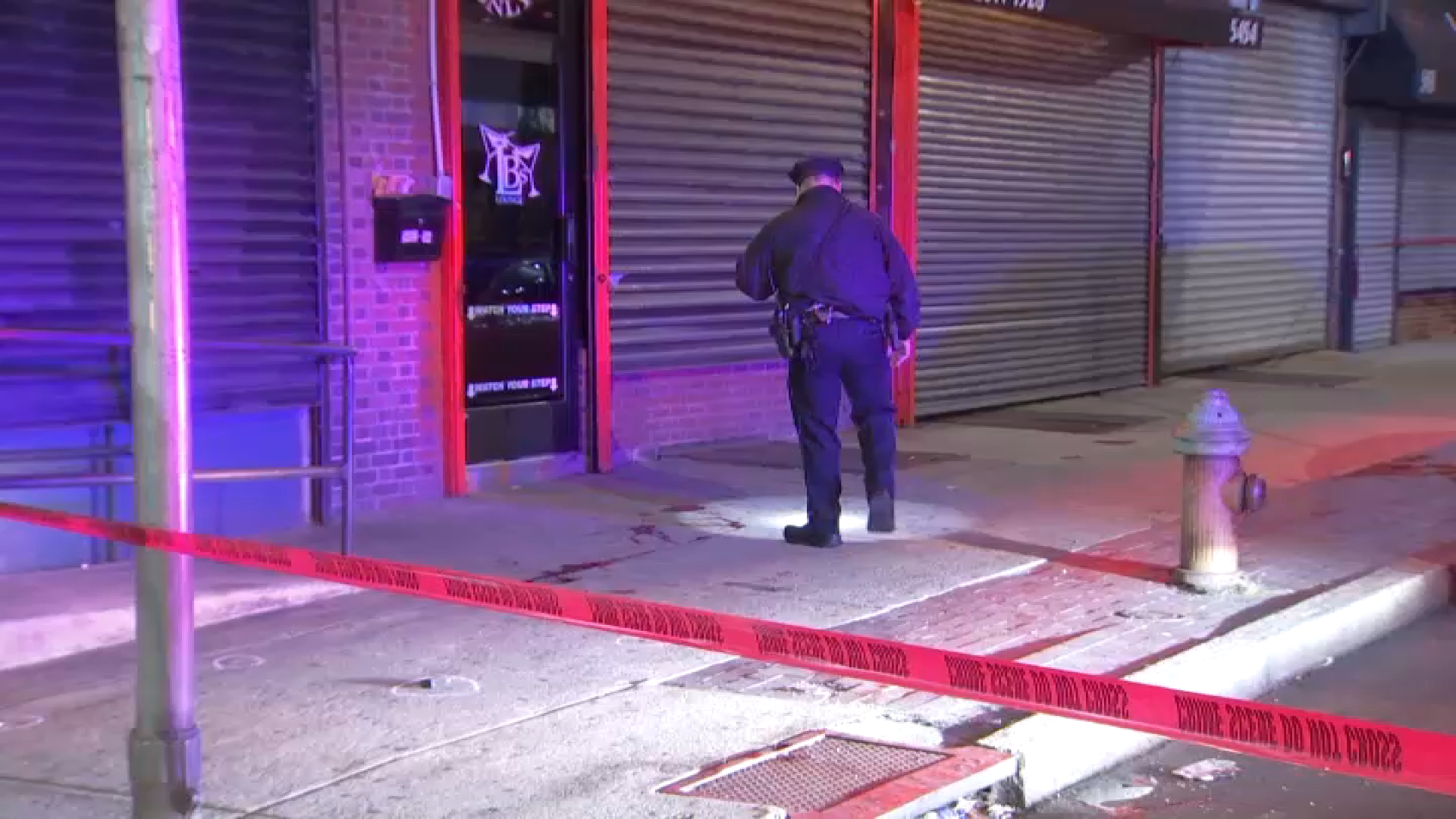Before demolition crews start taking down a building, they are typically guided by a strict system of codes and standards that require a professional engineer to examine the structure's sturdiness, and what could go wrong.
But the risks are impossible to predict with complete accuracy, especially in aging buildings that characterize East Coast cities like Philadelphia, where a sudden collapse Wednesday killed six people and injured at least 14 more, according to engineers who specialize in such disasters.
"When you're talking about old structures, when you're talking about working in tight confines, a lot of things can happen that you can't anticipate," said Hollice Stone, an expert in designing buildings that can withstand explosions and natural disasters.
Wednesday's collapse remains under investigation, so it is impossible to say if it was the result of a accident or some kind of human error or foul play. Those answers likely won't be apparent for weeks, after forensic engineers and other investigators complete the painstaking task of recreating the Market Street demolition project just before the four-story Center City building crumpled, taking down an adjacent two-story building that housed a Salvation Army thrift store.
There were no existing violations from the city's Licenses and Inspections department associated with the project, officials said. The permits were up to date, and the contractor doing the work had a valid license.
The exterior condition of the property, however, was listed as "below average," by the city's property assessment office, NBC10 Philadelphia reported.
And records show that contractor Griffin Campbell has a criminal record that includes a 2009 guilty plea to theft and insurance fraud. He also filed for Chapter 13 bankruptcy in March and owes thousands of dollars in unpaid city, state and federal taxes.
Local
Breaking news and the stories that matter to your neighborhood.
A neighbor told NBC Philadelphia that he called the city's Philly311 helpline in early May to report what he saw as unsafe conditions at the demolition site. The city sent an inspector who found nothing wrong, officials said.
Other neighbors told the Associated Press that they'd watched the demolition with growing concern. One described watching workers "knocking bricks off" the edge of the building. Another said the demolition crew left a dividing wall up with no braces.
Griffin Campbell could not be reached directly. At the home listed as the address of his business, a woman answered the door and said: “He’s sorry for everything that happened, but no comment.”
Rob Field, who works at the American Society of Civil Engineers' Structural Engineering Institute, said the Market Street buildings appeared to be made of brick and wood, in a style known as unreinforced masonry. That kind of construction is common in older cities along the East Coast.
Such buildings are generally reliable and can bear heavy loads, but they are also vulnerable to certain kinds of destabilizing effects, Field said. The mortar holding the bricks together can weaken if not properly maintained. Nearby construction work can undermine the strength of the walls and cause the foundation to shift. If the connections between the floors and walls shift, the building can collapse.
Those problems may not be entirely clear during a pre-demolition analysis, Field said. Also, the older a building, the higher the chance that there have been prior modifications that have not been recorded in public records.
"Even with the most diligent engineer, there are always some unknowns," Field said. "It's impossible to know everything that's been done to a building."
David Peraza, an engineering consultant at Exponent in New York who investigates failures of buildings and bridges, said after reviewing photographs and news reports of Wednesday's collapse, "it doesn't scream out to me that someone screwed up."
"It's possible that there were hidden deficiencies that they couldn't have known about in advance," Peraza said. "On the other hand, it's possible that someone saw a bulging in a wall or a lot of deterioration and didn't really take notice, or didn't deal with it as rigorously as they should have."
That's up to the investigators. There will likely be many involved—from the city, from the federal government, from law firms representing victims, from the company that was doing the demolition.
Among the things they'll be looking for is whether there was history of problems with the buildings, what the crews were doing at the moment they collapsed, and what stage of demolition the project was at when they came down, Peraza said. That information will primarily come from interviews with workers.
"If you can take a snapshot before it collapsed, you try to figure that out," Peraza said. "That snapshot is crucial to try to reconstruct what happened."
Philadelphia Licenses and Inspections Commissioner Carlton Williams said Wednesday that his department's probe will also include an examination of "all inspections that were done prior to the collapse."



